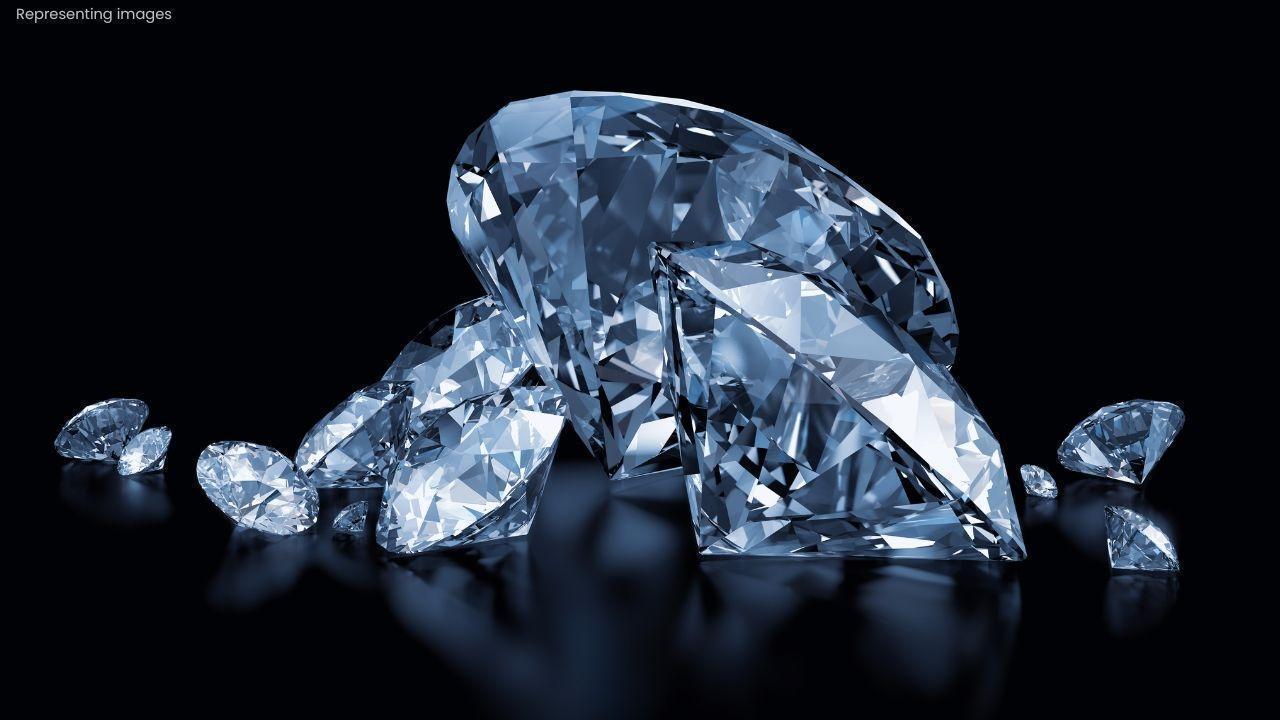
Post by : Raina Nasser
The Regent Diamond, renowned as one of the world's most prestigious gems, has enchanted many through its stunning allure and its significant historical journey. Mined in 1687 from the Kollur mines of southern India amidst the Golconda siege led by Emperor Aurangzeb, the diamond's saga began with a daring concealment—hidden in the leg wound of a slave miner. Its path was marred by greed and intrigue, reflecting the machinations of those who coveted it, from local merchants to European collectors, ultimately intertwining its legacy with themes of desire and power.
Following its discovery, the Regent Diamond changed hands multiple times, first belonging to Indian merchant Jamchand before entering the possession of Thomas Pitt, Governor of Fort St. George in Madras. Pitt artfully smuggled the diamond to England, cleverly tucking it into the heel of his son’s shoe. In London, the diamond underwent an exquisite transformation, meticulously cut into a 141-carat cushion brilliant by gem cutter Harris, a process that demanded nearly two years and considerable expense, enhancing its magnificence and reinforcing its status among the world’s elite diamonds.
The diamond’s French legacy began in 1717 when Thomas Pitt sold it to Philippe II, Duke of Orléans, the acting Regent of France, for £135,000. Known as Le Régent, the diamond became a centerpiece in the Crown Jewels of France, worn by monarchs such as Louis XV, Louis XVI, and Charles X, even embellishing Marie Antoinette's hat. Surviving the chaos of the French Revolution, it was hidden during the looting of the Crown Jewels in 1792 and later reemerged as a testament to resilience and elegance, embodying the political tides and the enduring allure of royal treasures.
Napoleon Bonaparte further enriched the diamond’s narrative by incorporating it into the hilt of his ceremonial sword in 1801. After his downfall, the diamond journeyed with Marie Louise of Austria before returning to France, continuing its association with the crowns of Louis XVIII, Charles X, and Napoleon III. The Regent Diamond has thus witnessed history, revolution, and human ambition, silently chronicling centuries of power struggles in Europe.
Currently showcased at the Louvre Museum in Paris since 1887, the Regent is mounted in a Greek-style tiara crafted for Empress Eugénie. Revered by gemologists for its perfect clarity, exceptional cut, and storied past, the diamond’s estimated worth surpasses US$60 million. From its origins deep within India to its prominent display in the Louvre, the Regent Diamond epitomizes the intricate interweaving of wealth, longing, and power, continuously enchanting generations while symbolizing humanity's lasting fascination with exquisite gems.










Indian Tennis Veteran Rohan Bopanna Ends Illustrious Career
Rohan Bopanna retires from tennis at 45 after winning two Grand Slams, becoming world number one, an

Babar Azam Becomes Top Run Scorer In T20I Cricket History
Pakistan’s Babar Azam has overtaken India’s Rohit Sharma to become the highest run-scorer in men’s T

BTS Comeback 2026 Group Plans Biggest-Ever Global Tour
BTS is set for a long-awaited comeback in 2026, followed by a massive 65-city world tour. Fans hope

India Stuns Australia to Reach Women’s World Cup Final
India shocked seven-time champions Australia in the Women’s World Cup semi-final, chasing 339 runs w

Kristian Clarke Replaces Injured Matt Henry for Final ODI
New Zealand’s Matt Henry has been ruled out of the final ODI against England with a calf strain, rep

Shreyas Iyer in Stable Condition After Spleen Laceration in Sydney ODI
India vice-captain Shreyas Iyer is recovering under medical care after sustaining a lacerated spleen